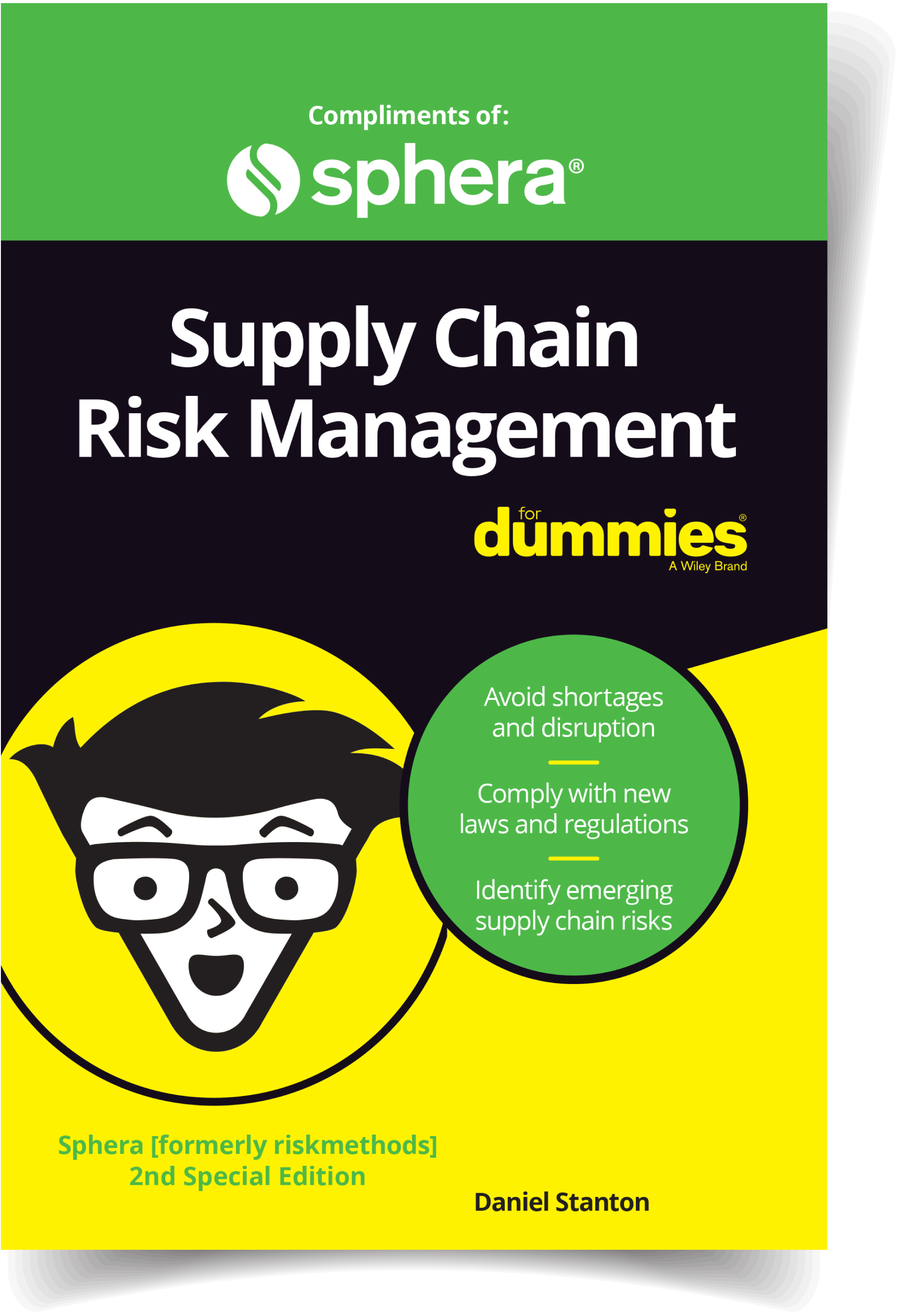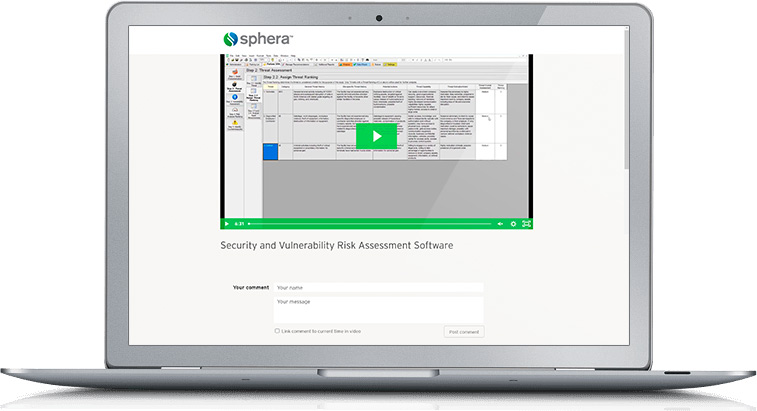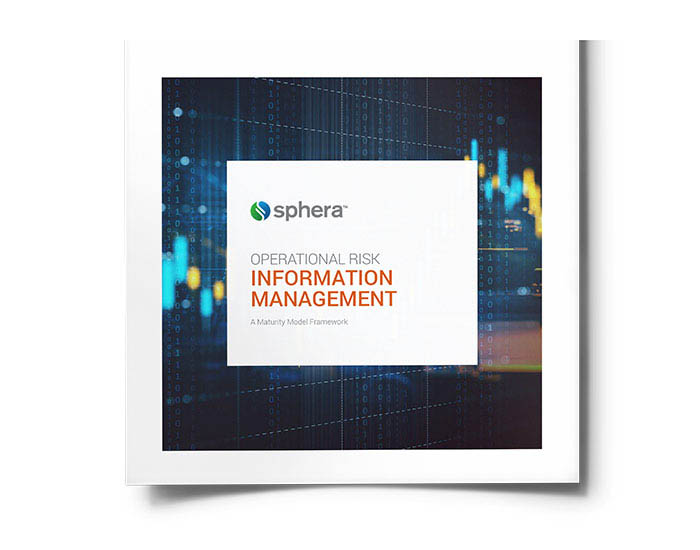For global supply chains, the list of disruptive risk events keeps getting longer. Global pressures arising from the COVID-19 pandemic. Shortages of semiconductors, plastics and other key materials. War in Ukraine. Inflation. Such significant challenges are tough to manage.
Increasingly, businesses aim to create transparency and build resilience in their supply chains. Risk-aware companies can react faster and even avoid risks or mitigate the impact of incidents. Strategies and technologies exist that can help companies turn supply chain risk into a competitive advantage.
Consequences of Risk Events
With severe risk events occurring in rapid succession over the past three years, supply chain disruption has become more frequent. Ongoing supply chain crisis seems to have become the norm. Shortages and supply chain disruption often lead to a drop in production. Consequences include:
- Loss of revenue: When fewer goods are produced, fewer can be sold.
- Loss of market share: Competitors who can deliver the goods gain new customers; those who can’t, lose customers.
- Loss of trust: Stakeholders doubt the capabilities of companies to deliver products on time, of high quality and in sufficient quantities.
- Low customer satisfaction: Late deliveries, or none at all, can send customers elsewhere.
- Damage to company reputation: When the company fails to produce and deliver, its image suffers.
In short, businesses suffer huge operational and financial effects when their supply chains break. Repeated shocks have caused supply networks around the globe to struggle. And the next disruption could already be around the next corner. An entire bandwidth of risks awaits.
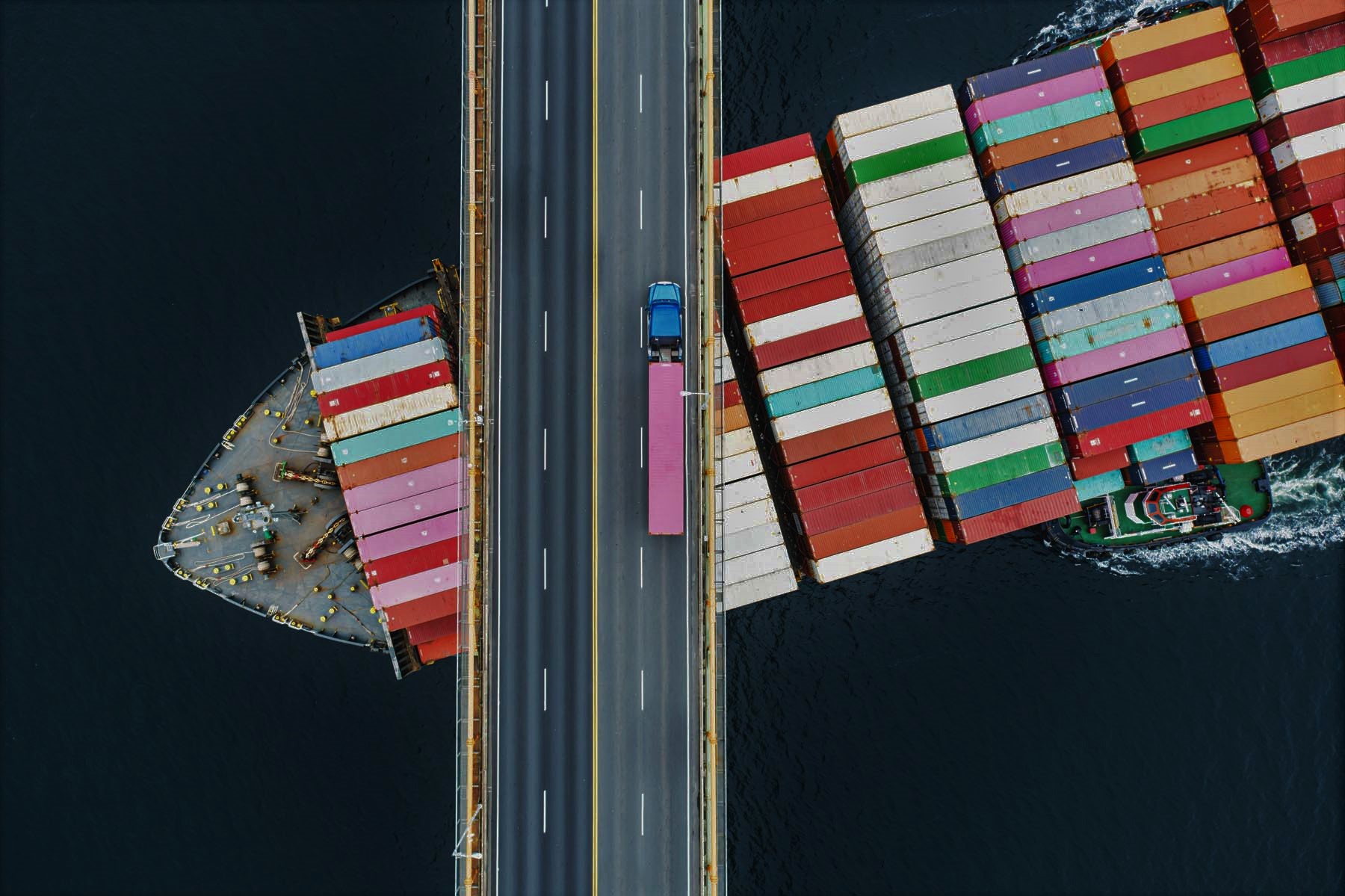
What Companies Can Do Now
Risk will always be inherent in supply chains. Natural hazards will not go away. Extreme, far-reaching risk events are joined by local issues such as plant fires or explosions. Suppliers may become insolvent. Health, safety and sustainability regulations create the risk of fines and penalties for noncompliance.
More than ever, organizations need a holistic approach for coping with current challenges along with evolving risks. Here are four things companies can do to manage the risk exposure in their supply chains:
Identify risks. To better understand their risk exposure, companies need visibility throughout the entire supply network. This enables them to uncover threats and recognize where risk is coming from. For example, having supplier clusters in a region prone to tropical storms is a potentially risky situation.
Assess the impact. When calculating risk exposure, enterprises should evaluate the consequences of disruption. Will it hit the most important and largest customers? Will it affect the best-selling products? This will help companies design and standardize reactive as well as preventive mitigation actions.
Be ready to mitigate. Mitigation refers to the fastest possible crisis response to unpredictable situations. However, this is reactive. Mitigation must also include preventive actions. These lower either the probability of risk events hitting the enterprise or their impact.
Involve suppliers and partners. Collaborating with suppliers also enhances mitigation, and enterprises are well-advised to make suppliers part of the solution. Companies may want to provide incentives to suppliers, such as enabling them to identify their own risk exposure at no cost. Here, technology can help generate insights across all tiers by creating digital hubs where information can be shared.
Using Technology to Manage Supply Chain Risk
For various reasons, organizations may not be able to immediately deploy full-blown holistic supply chain risk management. But modular structures allow companies to introduce solid, professional supply chain risk management efficiently, step by step.
With a digital solution, companies can map their supply networks on a world map, evaluate real-time risk exposure, understand the impact of events and develop well-orchestrated mitigation plans. Technology captures risk information automatically, keeps it up to date and can quickly turn data into scorecards, dashboards and reports.
Critically, AI-based supply chain risk management filters out irrelevant notifications, so users are not overwhelmed with too many messages. Complex global supply chains may contain tens of thousands of suppliers. To uncover risks in such huge networks, risk management must be standardized and highly scalable. This is only possible with digital technology.
Three Key Risk Management Trends
In the past decade, the market has switched gears. Organizations are increasingly looking for approaches, methodologies and technologies that enable them to stay ahead of risk. The recent succession of severe risk events has accelerated several trends in supply chain risk management:
Switching from reactive to preventive: In the past, companies waited until the risk materialized. The competitive edge was driven by reacting faster than others. Now, technology provides capabilities for enterprises to better understand patterns and be prepared for the next risk event.
Being proactive to anticipate what’s coming: When companies are prepared, they minimize the potential impact. In some cases, they even erase the likelihood that a risk event will materialize. And that brings real value to the enterprise.
Putting compliance and sustainability in focus: Regulatory pressure is growing. Laws in the U.S., U.K. and Germany, to name a few, mandate respect for human rights throughout the supply chain. The European Union plans to harmonize supply chain human rights laws across member states. Companies will have to profile their supply networks for compliance and sustainability.
Finally, the push to achieve sub-tier visibility is another kind of trend. During the coronavirus pandemic, some enterprises struggled because their suppliers couldn’t deliver. Some shortages arose because the suppliers of the suppliers, or businesses even further down the line, had their own issues.
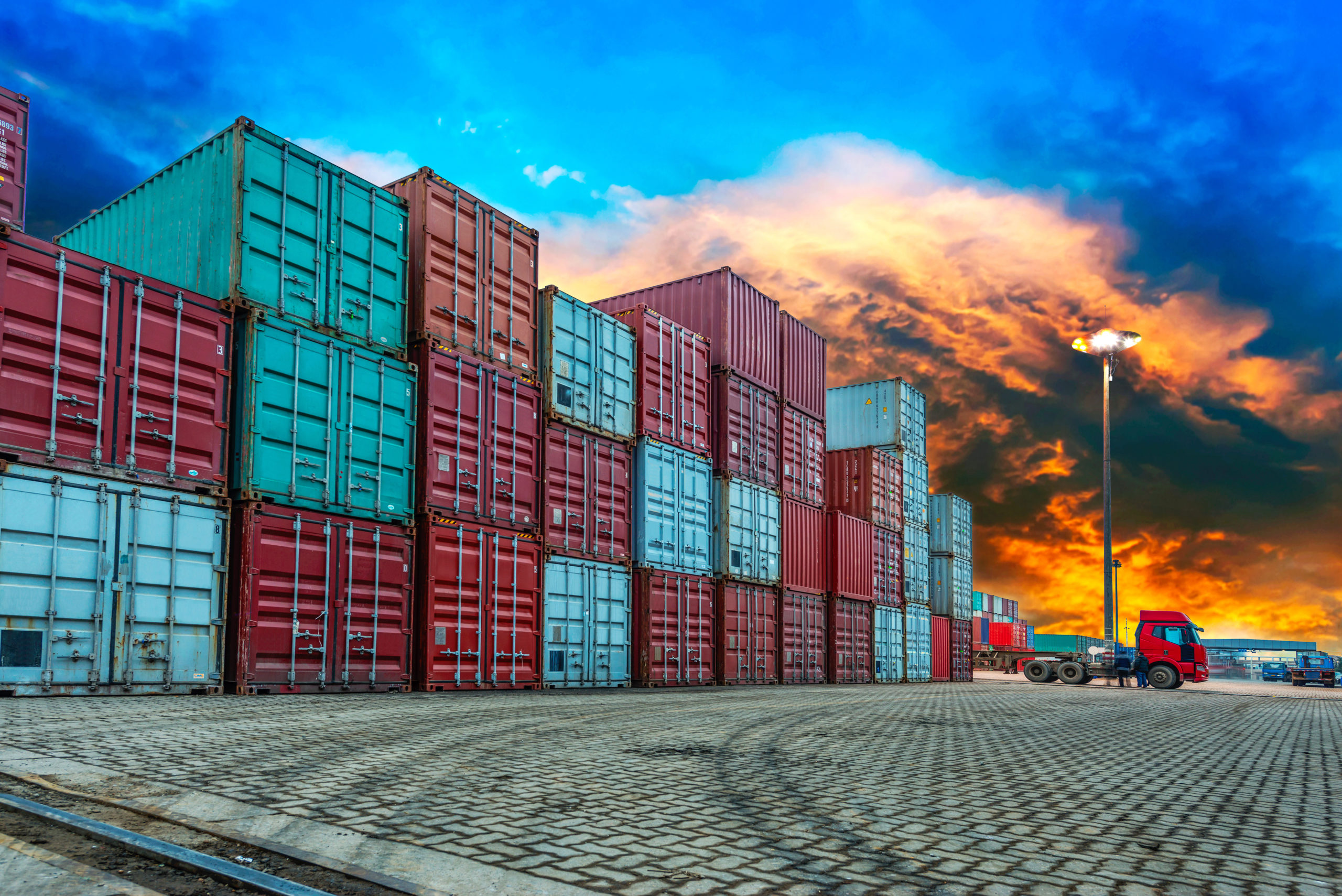
Delivering Benefits and Value
Companies seeking to increase supply chain transparency and resilience often task their procurement teams with managing supply chain risk. Traditionally, buyers have focused on squeezing the last penny out of the supply network. Now, procurement can help avoid revenue losses, deliver when the competition cannot and win market share. Monitoring suppliers for sustainability and compliance with human rights can protect the company reputation and prevent damage to the brand.
In other words, managing supply chain risk can directly contribute to the success of the enterprise. Being prepared for unpredictable scenarios could change the game for organizations. Risk never stops. But with solid processes and the right technologies, enterprises can turn risk into a competitive advantage.
